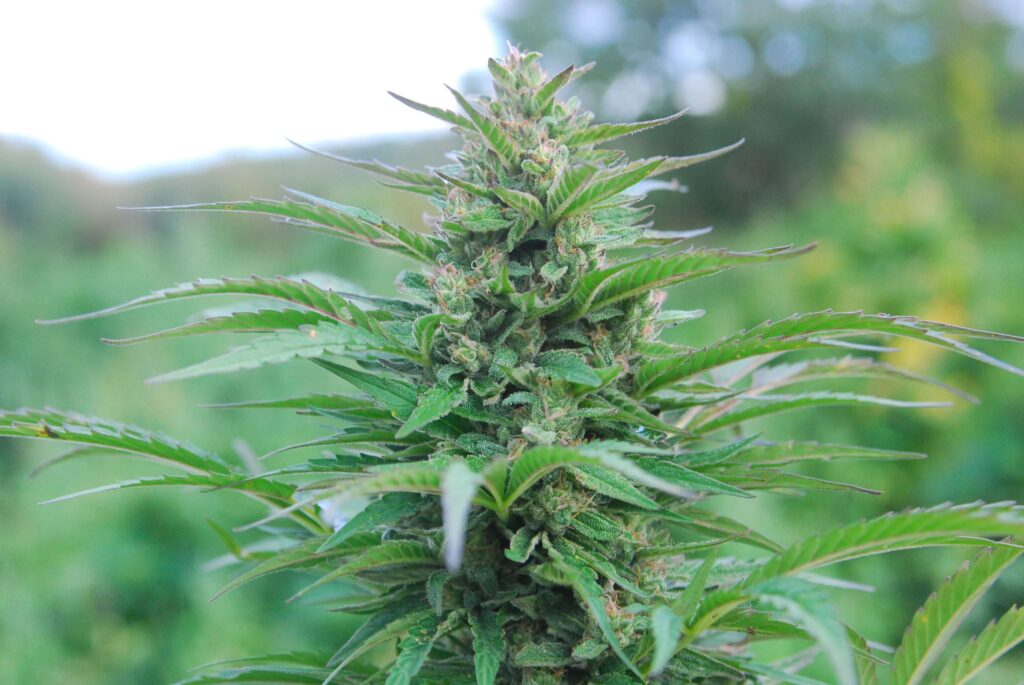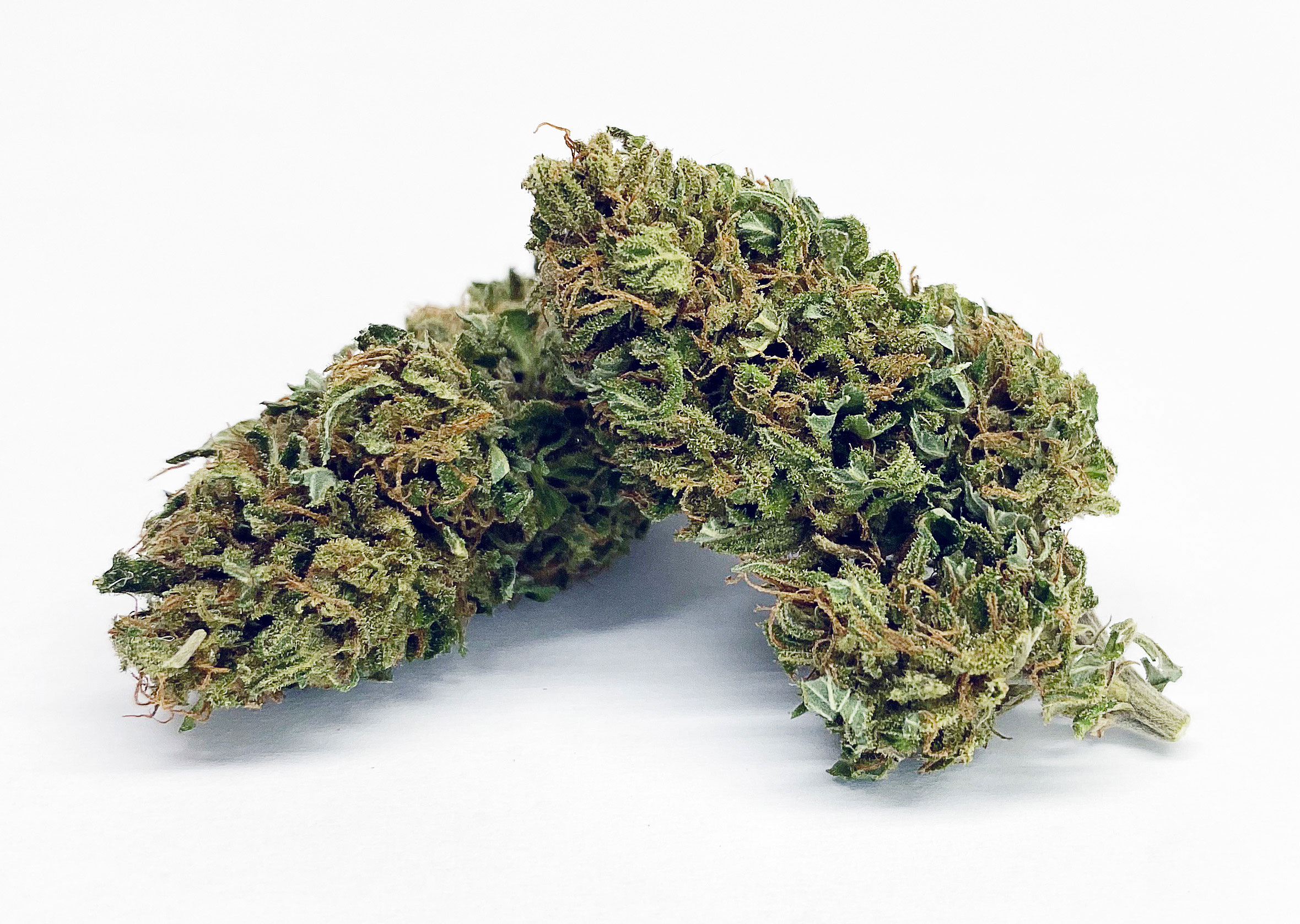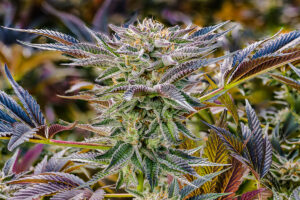Hemp, a versatile plant from the Cannabis sativa family, has been cultivated for over 10,000 years, originating in Central Asia and spreading globally for its fiber, seeds, and oils. Ancient civilizations used it for ropes, textiles, and medicine, with evidence from Chinese texts dating back to 2800 BCE. Fast-forward to today, and hemp is experiencing a renaissance, thanks to the 2018 Farm Bill in the United States that legalized its industrial production. This shift has unlocked a booming industry, with the global industrial hemp market valued at approximately 6 billion dollars in 2023 and projected to soar to over 25 billion by 2032, growing at a compound annual rate of 17 percent. What makes hemp so appealing? It’s sustainable, requiring minimal pesticides and water compared to cotton—about half as much—and it enriches soil by sequestering carbon dioxide at rates up to 15 tons per hectare annually. One acre of hemp yields as much fiber as two to three acres of cotton, and it’s stronger, softer, and more durable. In 2023 alone, U.S. floral hemp production reached 20.8 million pounds, a 159 percent increase from the previous year, harvested from nearly 12,000 acres. This revival isn’t just economic; it’s environmental, positioning hemp as a key player in eco-friendly agriculture amid climate challenges.
Sowing the Seeds: Cultivation Begins
The journey starts with selecting the right seeds, a critical step in hemp production. Farmers choose certified varieties low in THC—under 0.3 percent—to comply with regulations. Planting typically occurs in spring, after the last frost, in well-drained soil with a pH between 6 and 7.5. Using a seed drill, growers sow 35 to 55 pounds per acre for fiber crops, aiming for a dense stand of about 15 plants per square meter to suppress weeds naturally. For seed production, spacing is wider to encourage branching and higher yields. Hemp is remarkably efficient, maturing in just 90 to 120 days, far quicker than many crops. It thrives in temperatures around 60 to 80 degrees Fahrenheit and needs about 20 to 30 inches of rainfall or irrigation. In organic systems, cover crops like clover are rolled before planting to enhance soil health. Globally, hemp cultivation spans over 200,000 hectares, with China leading as the top producer. In the U.S., 2023 saw 934,000 hemp clones and transplants grown under protection, down 26 percent from 2022 but still reflecting robust interest. Yields vary: fiber hemp can produce 5 to 10 tons of dry stalks per acre, while seed varieties yield 800 to 1,000 pounds per acre. These figures underscore hemp’s potential as a high-yield crop, producing twice the oil of peanuts and four times the paper pulp of trees per acre.
Thriving Under the Sun: Growth and Harvesting
Once planted, hemp grows rapidly, reaching heights of 10 to 20 feet in ideal conditions. Its deep roots—extending up to 6 feet—improve soil structure and prevent erosion, with a root-to-shoot biomass ratio of about 0.185. Male plants develop weaker roots but pollinate females for seed production. The crop requires 3,400 to 5,400 growing degree days to mature, depending on whether it’s for fiber or seeds. During growth, hemp naturally outcompetes weeds, reducing the need for herbicides, and it’s resilient against pests, though monitoring for issues like powdery mildew is essential. Harvest timing is precise: for fiber, plants are cut at flowering, around 70 to 90 days; for seeds, when 70 percent are ripe to minimize shattering losses. Machinery like combines harvest seeds, while stalk cutters handle fiber. In 2022, U.S. hemp acreage totaled over 21,000 planted acres, though challenges like failed crops affected 278 acres. Post-harvest, stalks undergo retting—a natural decomposition process using dew or water to separate fibers, lasting 2 to 4 weeks. This stage is labor-intensive but crucial, as properly retted hemp yields high-quality bast fibers for textiles and hurds for building materials. The efficiency here is impressive: one acre can produce enough fiber for 1,000 gallons of biofuel or materials equivalent to 2 acres of trees for paper.
Transforming the Harvest: Processing and Extraction
After harvesting, the raw hemp enters processing facilities where technology meets tradition. For fiber, decortication machines separate the outer bast from inner woody core, producing long fibers for ropes and textiles, and short hurds for animal bedding or composites. Advanced methods like enzymatic retting speed this up, reducing water use by 50 percent. Seed processing involves cleaning, drying to 10 percent moisture, and cold-pressing to extract oil, yielding about 35 percent oil rich in omega-3 and omega-6 fatty acids. Hemp seeds contain 25 percent protein, making them a superfood for hearts and hulls. For CBD products, floral hemp—harvested from female plants—is dried and extracted using CO2 or ethanol methods, ensuring purity. In 2023, U.S. value of hemp clones hit millions, reflecting investment in high-CBD strains. Processing efficiency has improved, with modern mills pressing 700 pounds of seeds into 50 gallons of oil per acre. Waste is minimal; byproducts like seed cake feed livestock, and stalks become biochar for carbon sequestration. This stage adds significant value, turning a 1,000-pound seed yield into products worth thousands, boosting the industry’s 17 percent annual growth.

Innovation in Manufacturing: Creating Diverse Products
Manufacturing transforms processed hemp into myriad products, from textiles to edibles. Fibers are spun into yarns for clothing, stronger than cotton and biodegradable. Seeds become oils, proteins for supplements, with global demand driving innovation in hemp milk and burgers. CBD extracts formulate tinctures, creams, and gummies, tapping into wellness trends. Composites from hurds create eco-friendly plastics and building materials like hempcrete, which insulates better than concrete and sequesters carbon. Factories employ quality controls, testing for contaminants to meet standards. White labeling allows brands to customize products without production costs, accelerating market entry. In this phase, R&D focuses on sustainability; for instance, hemp biofuels reduce emissions by 80 percent compared to fossil fuels. The versatility shines: one plant yields food, fuel, fiber, and medicine. With patents rising 20 percent yearly, manufacturers innovate hybrids like hemp-leather alternatives, reducing fashion’s environmental footprint. This creativity fuels the market’s expansion, projected to hit 27 billion dollars for hemp-based products by 2030.
Navigating the Market: Distribution and Sales Strategies
Distribution channels bridge manufacturers to markets, with wholesale playing a pivotal role. Hemp product wholesale enables bulk sales to retailers, cutting costs and expanding reach. Suppliers offer seeds, oils, and fibers in large quantities, with U.S. exports growing 15 percent annually. Logistics involve climate-controlled shipping to preserve quality, especially for perishable oils. White labeling emerges as a smart strategy, where producers create generic items for rebranding, ideal for startups entering the 5 billion dollar textile segment. Online platforms revolutionize access; hemp product online sales surged 20 percent in 2023, thanks to e-commerce giants. Warehouses stock diverse inventories, from CBD capsules to hemp paper, ensuring just-in-time delivery. Global trade faces tariffs, but free-trade agreements boost exports from top producers like Canada. Marketing emphasizes sustainability, attracting eco-conscious buyers and driving B2B deals. This network supports the industry’s 16 percent CAGR, turning processed goods into profitable ventures.
Reaching the Consumer: From Shelf to Cart
Finally, products hit shelves in stores, online marketplaces, and dispensaries. Retail packaging highlights benefits: “Grown sustainably, THC-free.” Consumers choose from hemp shampoos, reducing plastic waste, or seeds packing 10 grams of protein per serving. Hemp product online platforms offer convenience, with subscriptions for oils delivering monthly. Wholesale buyers stock health stores, while white label options allow custom branding for niche markets like vegan cosmetics. In 2024, U.S. retail sales topped 2 billion, fueled by awareness of hemp’s 50,000 potential uses. Education campaigns dispel myths, boosting adoption. From farm stands to supermarkets, the journey culminates in consumer hands, closing the loop on a plant that’s reshaping economies and environments alike.
Discover NanoHempTechLabs’ premium hemp products, crafted from sustainably grown, THC-free hemp. Our wholesale offerings include high-quality CBD oils, eco-friendly textiles, and nutrient-rich seed proteins, sourced from over 12,000 acres of U.S. hemp fields. With a booming market projected to hit $25 billion by 2032, our products leverage cutting-edge CO2 extraction and enzymatic retting for unmatched purity and sustainability. Perfect for retailers seeking hemp product wholesale solutions or white label opportunities, NanoHempTechLabs delivers innovation and value. Join the green revolution—schedule a call today to explore our bulk offerings and elevate your brand!
Reference:
- Adesina, I., Bhowmik, A., Sharma, H., & Shahbazi, A. (2020). A review on the current state of knowledge of growing conditions, agronomic soil health practices and utilities of hemp in the united states. Agriculture, 10(4), 129. https://doi.org/10.3390/agriculture10040129
- Alsherbiny, M., Bhuyan, D., Low, M., Chang, D., & Li, C. (2021). Synergistic interactions of cannabidiol with chemotherapeutic drugs in mcf7 cells: mode of interaction and proteomics analysis of mechanisms. International Journal of Molecular Sciences, 22(18), 10103. https://doi.org/10.3390/ijms221810103
- Barnes, T., Parajuli, R., Leggett, Z., & Suchoff, D. (2023). Assessing the financial viability of growing industrial hemp with loblolly pine plantations in the southeastern united states. Frontiers in Forests and Global Change, 6. https://doi.org/10.3389/ffgc.2023.1148221





